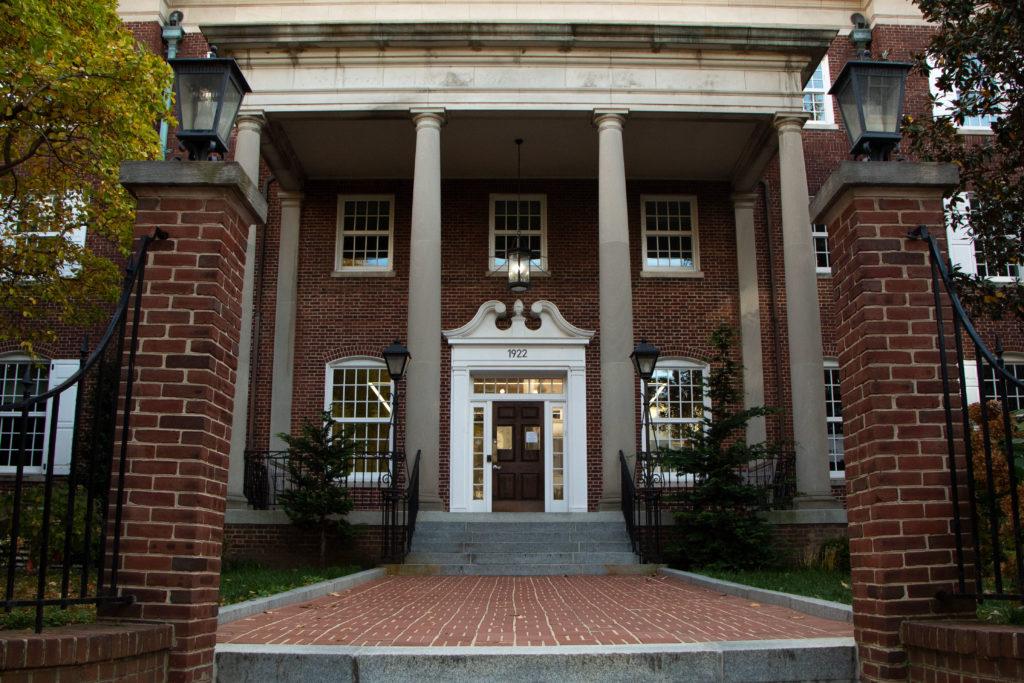The District issued an order of approval Monday for developers to move forward with an overhaul of the West End Library and fire station.
The project, in the works since 2007, will modernize the two-floor brick and concrete library on 24th Street between L and M streets with a glassy exterior and add about 160 residential units across 10 floors.
The sleek outside features glass step-outs that are askew rather than straight, creating a geometric pattern.
The renovated library – originally built in 1966 – will receive two floors and feature a ground-floor cafe and about 200 underground parking spaces. A majority of the spaces will be reserved for the building’s residents, but a portion will be available for library visitors.
The fire station will receive a public squash club and about 50 housing units of its own.
Demolition is slated to begin in 2013, with a project completion estimate of about two years. Both the fire station and library will move to temporary locations – currently undetermined – during construction.
Rebecca Coder, vice chair of the Foggy Bottom and West End Advisory Neighborhood Commission, the area’s top community group, said locals are excited for the new properties.
“I think overall, both projects will be really positive for our community. We’re getting a new fire station, we’re getting a new library,” Coder said. “And architecturally the designs are provocative and help put the West End on the map.”
Joe Sternlieb, vice president for acquisitions with Eastbanc, the developer, said prices for rental of the library residences are not yet finalized, but the units would be upscale.
“It’s upper end. It may not quite be the Ritz, but it’s luxury housing,” he said.
The company hopes to offer 100 percent of the residences above the fire station as affordable housing units if it receives an $8 million subsidy from the city, Sternlieb said.
Prices for affordable housing spaces are set according to how much a renter can afford to pay, based on their income level. Those seeking affordable housing units are required to submit documentation to verify income levels with the developer, management company or D.C. Department of Housing and Community Development, depending on the individual project. Properties that offer the spots must file annual reports on the incomes they target.
Sternlieb said if the subsidy is not granted, prices for the residential area would still be tailored to young, working individuals’ incomes and Eastbanc plans to allot up to 8 percent of the units for affordable housing. Costs for affordable units are set based on how much individuals can afford to pay with their level of income.
Eastbanc must still earn a seal of approval from the U.S. Commission of Fine Arts to begin working on the library and fire station and apply for zoning permits – a process Sternlieb expects to last a maximum of nine months.
He did not anticipate those procedures would face many roadblocks, as the project is considered a Planned Unit Development by the D.C. Zoning Commission, meaning it has multiple uses.
“The PUD is really the major regulatory hurdle and once that’s clear, it’s really about working out all the details with the permitting agencies,” Sternlieb said.







